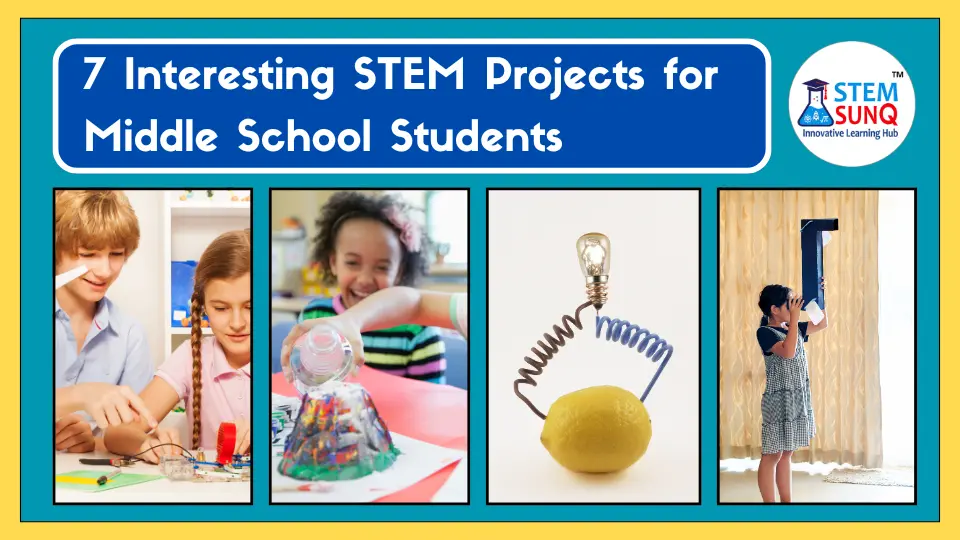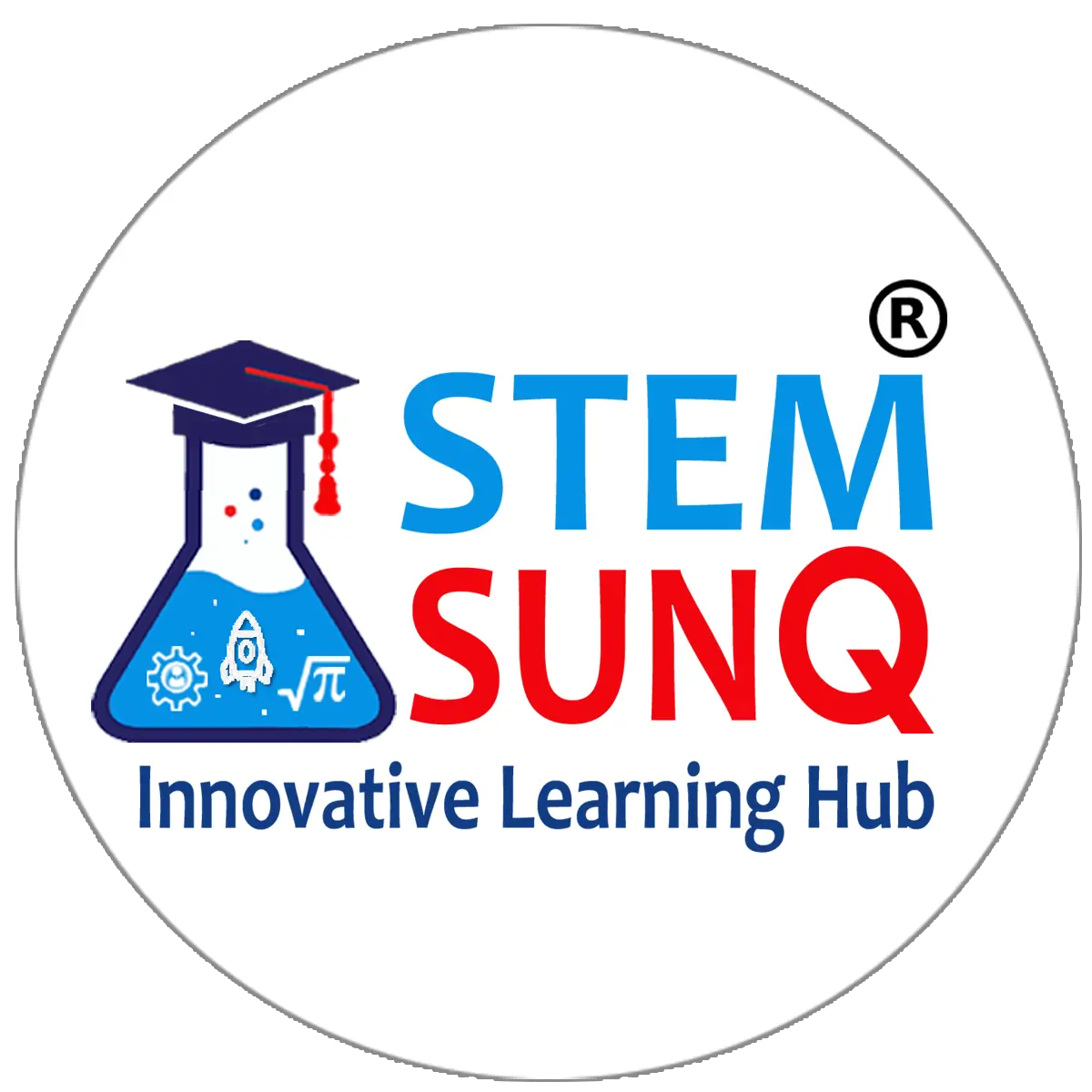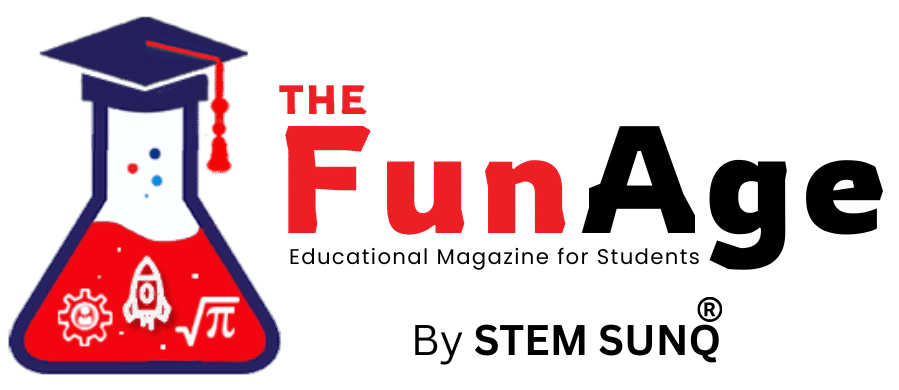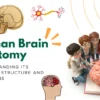
Table of Contents
STEM (Science, Technology, Engineering, and Mathematics) projects are a great way to engage middle school students in practical learning.
These projects make studying enjoyable and help students understand complex concepts straightforwardly and dynamically. Here are 7 simple and interesting STEM projects for middle school students.
Also Explore STEM Activity Kits for Middle School Students
STEM Projects for Middle School Students
1. Building a Simple Circuit
Building a simple circuit is one of the most basic STEM projects. This project helps kids learn the fundamentals of electricity. To begin, you will need a battery, wiring, and a lightbulb. Connect the wires to the battery, then to the light bulb, completing the circuit and lighting the bulb.
This project can be expanded by adding a switch to control the flow of electricity, which will provide a practical illustration of how electrical systems work in everyday gadgets.
2. Creating a Mini Volcano
Exploring chemical reactions may be both enjoyable and educational. Making a tiny volcano out of baking soda and vinegar is a tried-and-true craft that always piques youngsters’ interest.
To create the volcano, first shape a small mound of clay or dough around a container. Then, put baking soda in the bottle and pour vinegar over it.
The combination between baking soda and vinegar will result in an explosion, resembling a volcanic explosion. This project is an excellent approach to teaching kids to fundamental chemistry principles in an engaging manner.
3. Making a Lemon Battery
Making a lemon battery allows you to learn the fundamentals of electricity and chemical reactions. You will require lemons, copper coins, zinc nails, wiring, and a small LED light.
Roll the lemons to release the juice, then insert a copper coin and a zinc nail into each one, ensuring they don’t contact. Connect the lemons in series with wires, then connect the cables to the LED light.
The chemical reaction between lemon juice, copper, and zinc generates a modest electric current that powers the LED light. This project teaches students the principles of circuits and alternative energy.
4. Creating a DIY Periscope
Educate yourself on light reflection by building a basic periscope. A long, rectangular box (similar to a milk carton), two tiny mirrors, and tape are required.
Make two rectangular cuts, one at the top and one at the bottom, at the box’s opposing ends. To ensure that one mirror reflects light down the box to the second mirror, which reflects it out of the box, angle the mirrors inside the box at a 45-degree angle.
Close the box and observe the reflection from the top by looking through the bottom aperture. Students will learn about the characteristics of light and how periscopes are used to view over and around objects through this activity.
5. Constructing a Balloon-Powered Car
Building a balloon-powered car to learn about propulsion and Newton’s laws of motion may be fun. You will need wheels, axles, a balloon, and a lightweight automobile base, like a cardboard box or plastic bottle, for this project.
After securing the balloon to the back of the car, fasten the wheels to the car base. Launch the balloon after it has inflated to move the automobile forward.
In addition to encouraging students to try out various designs to enhance their car’s performance, this practical project illustrates the concepts of action and reaction.
6. Exploring Density with a Rainbow in a Jar
Learning about density can be made visually engaging by building a colorful density tower. Collect liquids of varying densities, such as rubbing alcohol, dish soap, honey, water, and vegetable oil, to create a rainbow in a jar.
Starting with the densest liquid (honey) at the bottom and working your way up to the least dense liquid (rubbing alcohol), carefully pour each liquid into a transparent jar.
A rainbow effect will be produced by the liquids separating into separate layers. Students will learn how density influences the behavior of various substances through this assignment.
7. Building a Bridge with Popsicle Sticks
Using glue and popsicle sticks, one can build a sturdy bridge to practice engineering concepts. Give your kids a task: create a bridge that can support a specific weight.
This project promotes problem-solving skills, creativity, and a fundamental understanding of engineering fundamentals.
Students can engage in hands-on learning by experimenting with various designs and constructions to determine which one holds the most weight. This highlights the value of trial and error.
So this was the blog post about the 7 simple and interesting STEM projects for middle students. Hope you will enjoy and learn while doing this STEM projects.
If you have any queries let us know in the comments. And remember to share with your friends and family.






